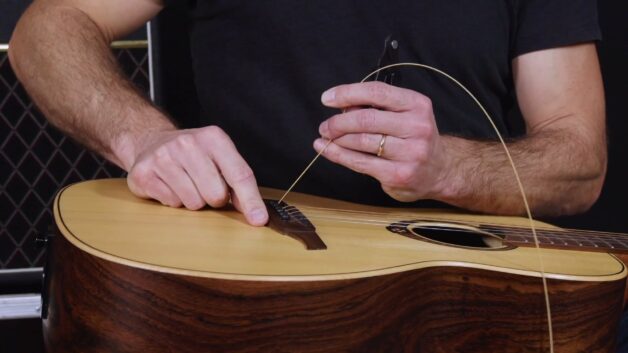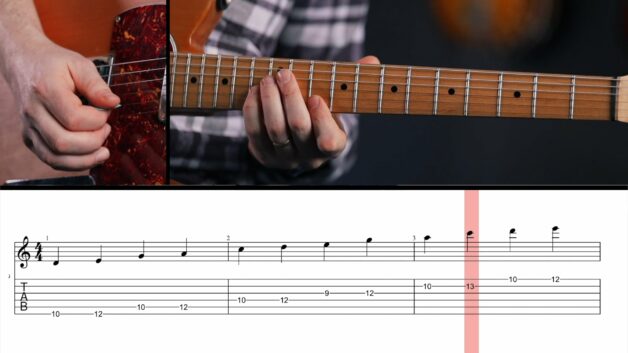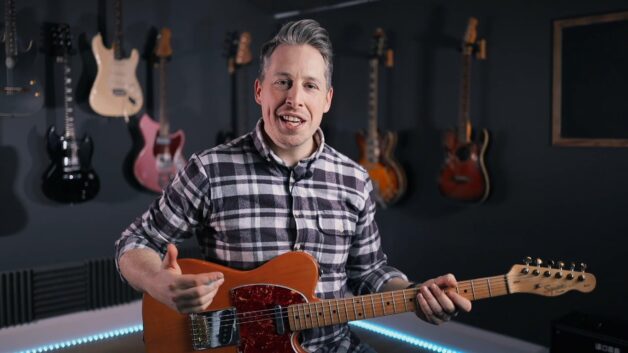Understanding the Chorus Guitar Effect for Beginners
Key Takeaways
- Chorus is a modulation effect that adds a detuned voice to your original signal, creating a richer and fuller sound.
- Control settings vary between pedals, with some offering just a rate knob while others provide depth and intensity adjustments.
- Lower rate settings produce a subtle, lush effect, while higher settings create a more pronounced wobbling or vibrato-like sound.
What Is the Chorus Effect? The Sound of Depth and Motion
The chorus effect is one of the most widely used modulation effects in guitar playing. It works by duplicating your original signal, slightly detuning it, and modulating the pitch to create a thicker, more spacious tone. The result? A shimmering, swirling sound that can range from a subtle widening of your tone to a pronounced wave-like motion.
This effect became iconic in the 80s, shaping the lush clean tones of bands like The Police and the ethereal textures of The Cure. But its origins go even further back. Just listen to the arpeggios in Nirvana’s Come As You Are or the expansive clean intros of Metallica. Chorus isn’t just about enhancing a sound; it adds character, depth, and movement to an otherwise static signal.
How to Use a Chorus Pedal: Finding Your Sweet Spot
Most chorus pedals come with a few essential controls. The most common one is Rate, which adjusts the speed of modulation:
- Lower rate settings result in a slow, smooth modulation, perfect for adding warmth and subtle movement.
- Higher rate settings introduce a warbling, almost seasick effect reminiscent of vibrato.
Some pedals also include a Depth or Intensity knob, allowing you to adjust how prominent the effect is in your signal. If your pedal lacks these controls, like some simpler MXR models, the settings are fixed, which means you’ll need to work with the rate control to shape your tone.
Common Mistakes: Why Does My Chorus Sound Muddy?
Many beginners fall into the trap of overusing chorus, thinking more is better. But too much depth or too high a rate can result in a tone that sounds overly processed or artificial. If your sound starts to feel washed out or unclear, try backing off the effect and balancing it with your core tone.
Another common mistake? Using chorus with high-gain distortion. While it can work in specific situations (think Zakk Wylde’s lead tone), too much chorus on an already saturated signal can lead to a muddy, indistinct sound. If you’re playing with crunch or overdrive, keep the depth lower for a more natural blend.
Pro Tips for a Great Chorus Sound
- Use chorus subtly on clean tones for a warm, lush effect which is great for rhythm parts or melodic passages.
- Experiment with stacking effects: pairing chorus with delay and reverb can create an immersive, three-dimensional sound.
- Try stereo chorus setups: if you have two amps, running a chorus pedal in stereo can create an even wider, more enveloping sound.
- Keep an ear on your mix: chorus can add magic, but too much can make a track feel cluttered.
Start Exploring the Chorus Effect Today!
Mastering chorus is all about finding the balance that fits your playing style. Whether you’re after the subtle shimmer of John Frusciante’s cleans or the wavy, psychedelic textures of The Smashing Pumpkins, experimenting with different settings will help you shape your unique sound. Take your time, tweak your settings, and most importantly: trust your ears!






